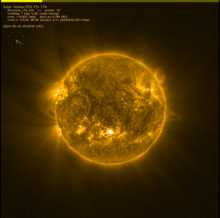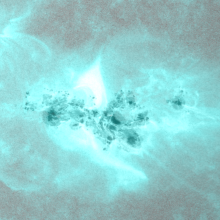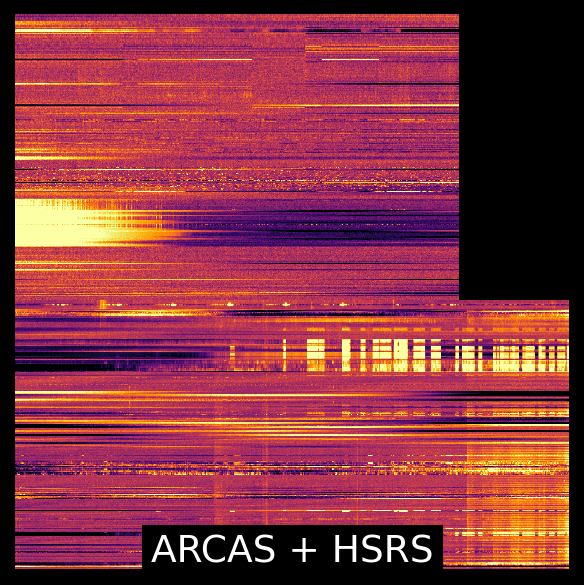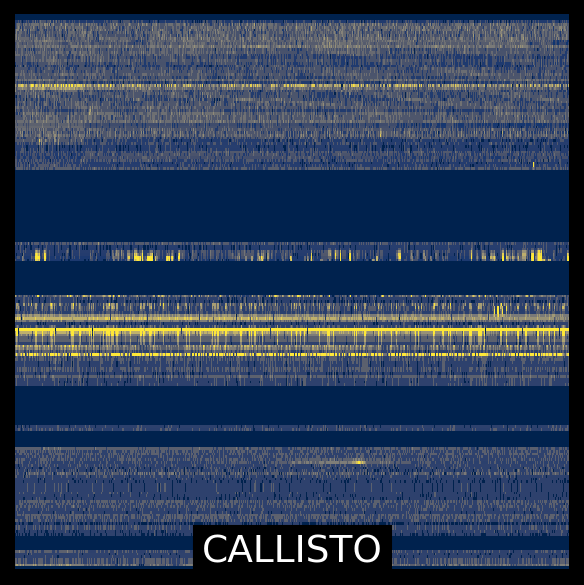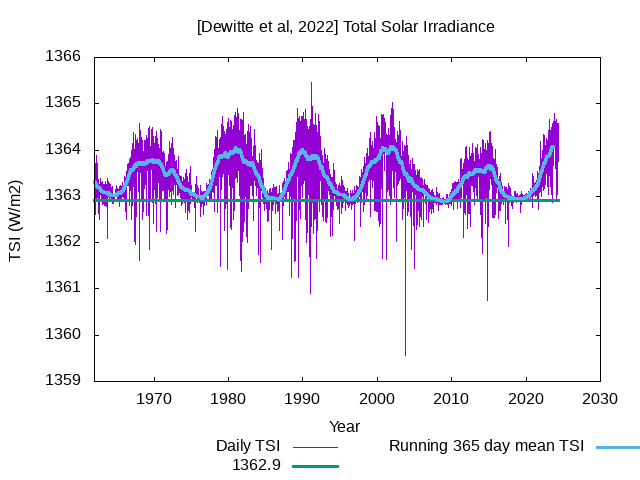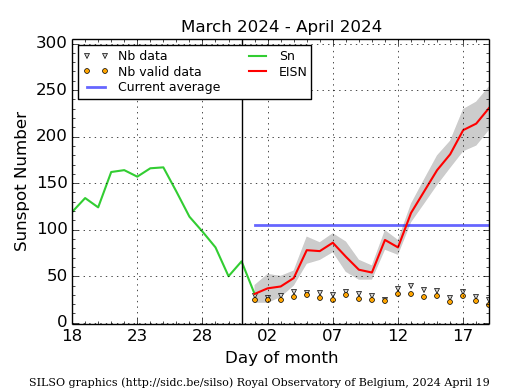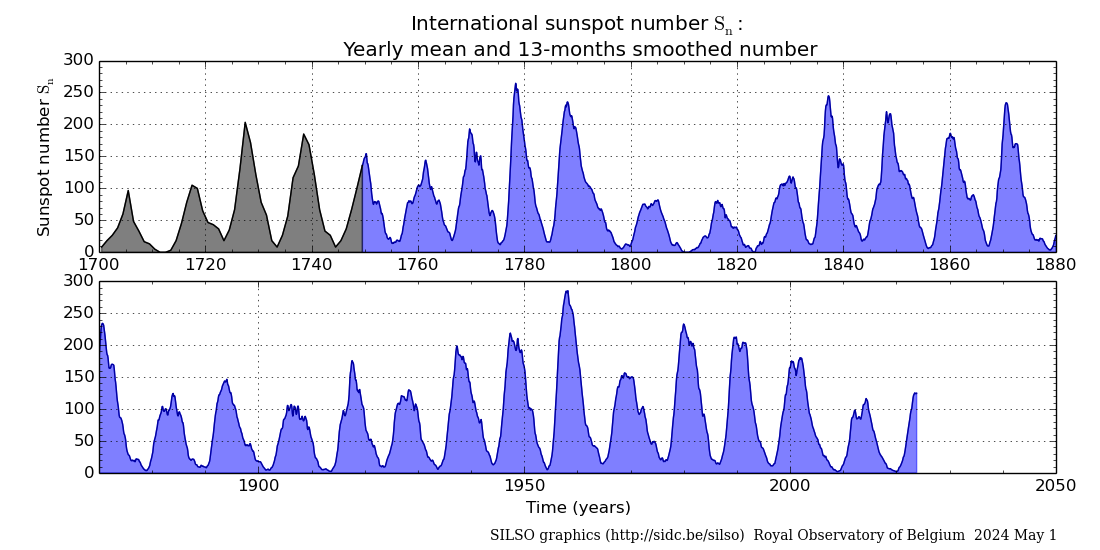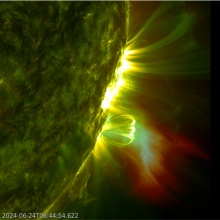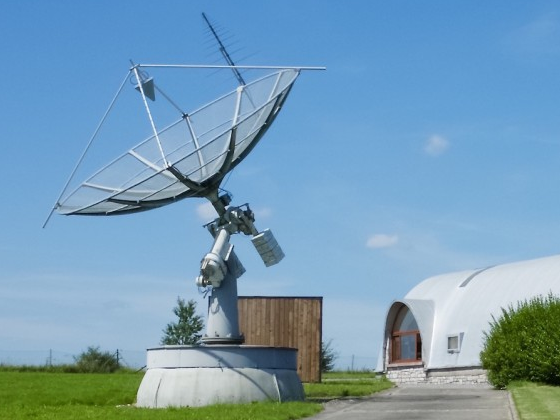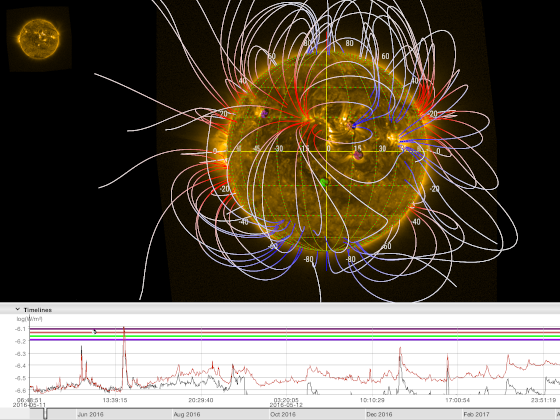Solar flaring activity over the past 24 hours was at low levels, with several C-class flares recorded in the past 24 hours. The largest flare was a C3.6-flare, with peak time 22:33 UTC on July 01 associated with a yet unnumbered active region behind the east limb. There are currently 12 numbered active regions on the visible disk. NOAA AR 3729 (beta-gamma) was the largest and most magnetically complex region on disk. NOAA AR 3729 (beta-gamma) produced most of the flares in the last 24 hours together with a region or regions behind the east limb. NOAA AR 3723 has turned into a plague region. All other regions were inactive and stable. The solar flaring activity is likely to be at moderate levels over the coming days with C-class flares expected and M-class flares likely and a small chance for a X-class flares.
A Coronal Mass Ejection (CME), was detected at 11:24 UTC on July 01, in LASCO C2 data. The CME is associated with a M2.17-flare, with peak time 11:02 UTC on July 01. Further analysis is ongoing. Further analysis of the CME, seen at 14:48 UTC on June 30 in LASCO C2 data, shows that this CME is not expected to impact the Earth.
A small positive polarity high-latitude coronal hole (CH) has started to cross the central meridian. The associated high-speed stream from this CH is not expected to impact the Earth.
Over the past 24 hours the greater than 10 MeV GOES proton flux was at background levels and is expected to remain so over the next days.
The greater than 2 MeV electron flux measured by GOES 16 was below the 1000 pfu threshold and is expected to remain so in the upcoming days. The 24h electron fluence was at nominal level and is expected to remain so in the next days.
